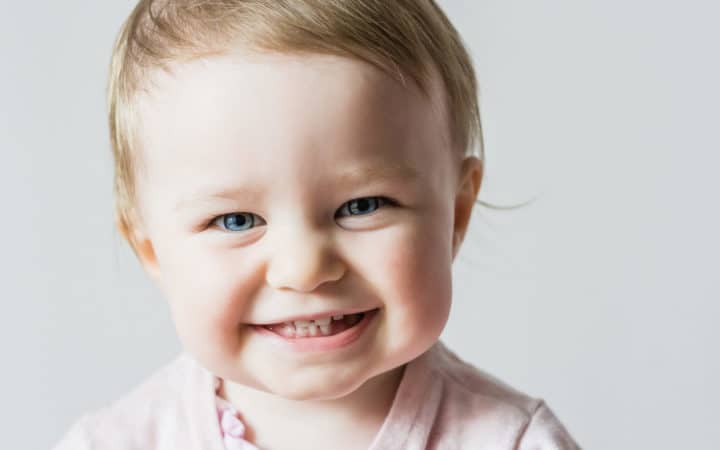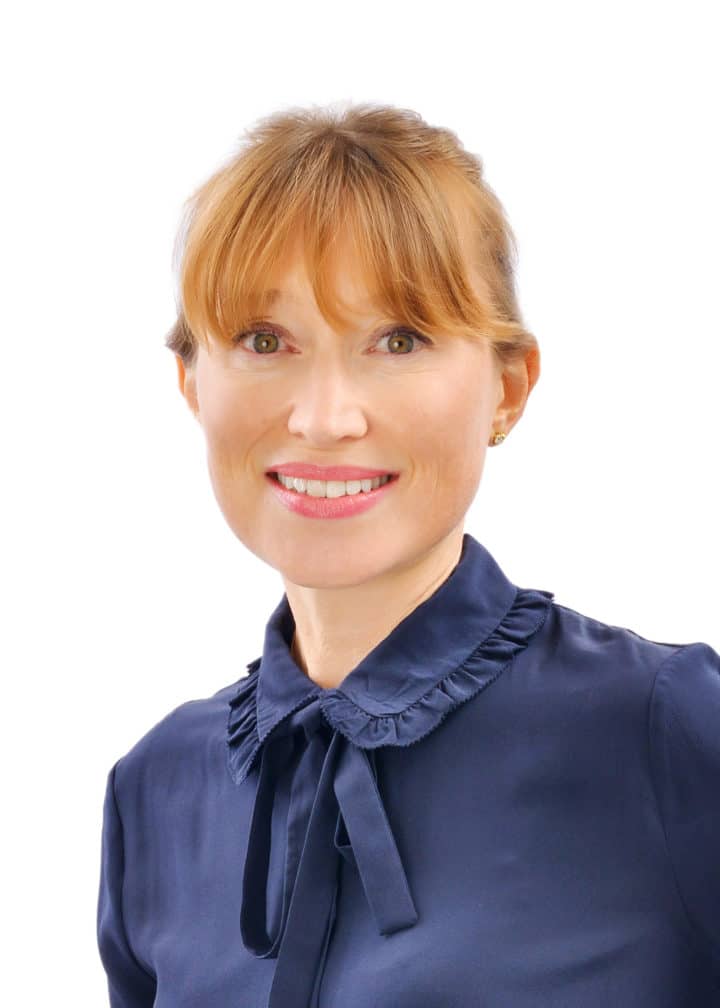
Looking after your child’s oral health as early as possible gives your child healthy gums and teeth, here are some helpful tips from our Children’s Dentist:
At what age should a parent start brushing their child’s teeth? And how should a parent brush a baby’s teeth?
A damp gauze pad or wet washcloth can be used to clean an infant’s gums, but once the first tooth erupts, usually around 6 – 8 months of age, then it’s time to use a soft-bristled tooth brush, without toothpaste. Massage the gums as well. Regularly check for new small white or brown spots on the child’s teeth, which may indicate tooth decay. Schedule the child’s first dental visit, which should be around 12 – 18 months old.
How often should a child’s toothbrush be changed?
The American Dental Association recommends a toothbrush be replaced every three months. Generally after three months the toothbrush bristles have worn down and are no longer able to reach the nooks and crannies, such as between the teeth, to remove the build up of bacteria. A child’s toothbrush will typically need to be changed more often, not least because you should change your toothbrush after sickness, and children tend to get sick more often. Changing a toothbrush after sickness is a good idea, particularly after any kind of mouth or throat infection because the bacteria and germs associated with the illness hide in the bristles of the brush and could potentially cause reinfection.
Do you recommend flossing a child’s teeth once or twice a day?
Flossing once a day is sufficient, and helping your child develop a flossing routine will have long term benefits. Daily flossing can start once the teeth fit closely together, usually between the ages of two and six. But your child will need your help until they have the necessary dexterity, usually until around 10 years of age. The surfaces where the teeth contact are a common place for cavities to develop because it is easy for plaque and food to trap here. Cavities in these areas occur even when brushing is good, if flossing is not also done. Even when the child appears to have gaps between the front teeth, these teeth will almost always touch at the back.
Any tips on getting a toddler to cooperate with flossing?
Music is a great way to create enthusiasm for oral hygiene tasks in the little ones. Playing a child’s favorite song while they brush their teeth can help them learn how long to brush and make the routine more fun. Everyone, big and small, should brush their teeth for about two minutes each time they clean their teeth. Encourage your children pick one or several fun songs to play while brushing and flossing to help make the possibly ‘boring’ routine more entertaining.
Small children’s flossers are available from pharmacies. They are easier to use in small mouths than the normal ‘string’ floss and come in fun colours and animal shapes.
 Dr Alison Robetrs is part of the Children’s Team at Smilefocus. To Make an appointment with Dr Roberts to have your child’s teeth checked and to set up a dental health care plan, please call 6733 9882 or click the here
Dr Alison Robetrs is part of the Children’s Team at Smilefocus. To Make an appointment with Dr Roberts to have your child’s teeth checked and to set up a dental health care plan, please call 6733 9882 or click the here
You might also find our previous post 5 Reasons Why You Need to Take Your Child to The Dentist of help when planning your children’s dental health.
